'NOT SAMOAN ENOUGH' - A REALISATION
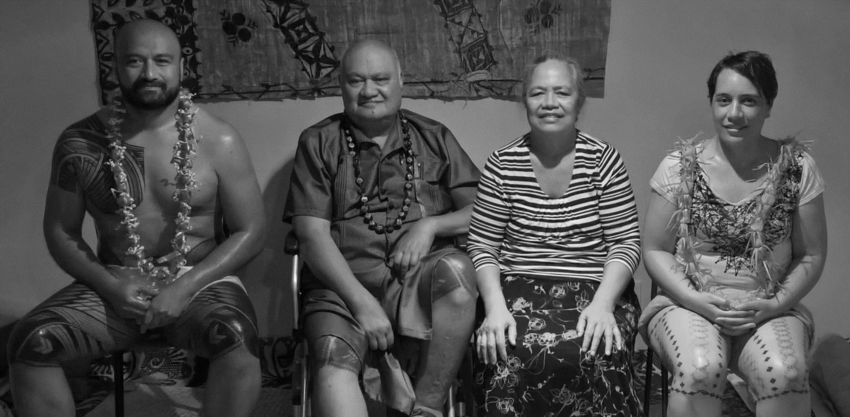
By Tovia Va'aelua
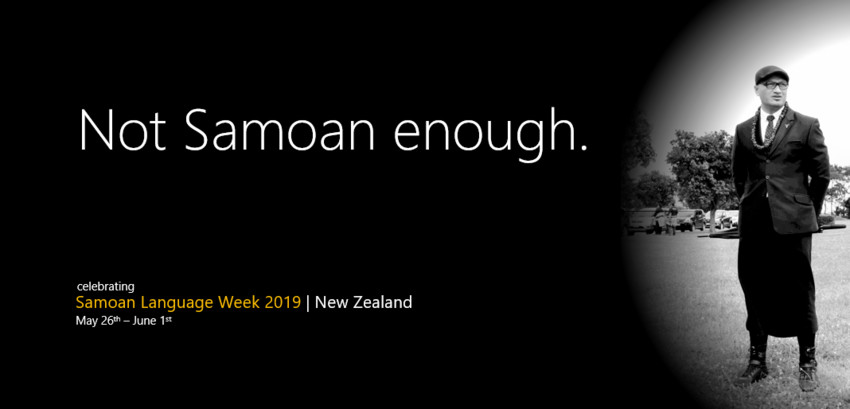
Most people who have chosen not to identify with their heritage may often refer back to an incident involving rejection by that people or culture. Like the time when they tried to speak the language of their ancestors in public, only to fail miserably and swearing never to return. Or, the time when Violet (the supermarket checkout lady) found out you were "Samoan" and after a one-way conversation in Samoan (of which you could offer nothing except a blank stare and an awkward smile), she would then complete her Mortal Kombat fatality combo by saying (with an added tone of disappointment) "you should know how to speak your language". Pure, unadulterated, unbridled rejection. And yet, both situations which conjure up these feelings of not belonging (even today), also confirmed that you were very much of Samoan heritage as you seriously considered opening up your carton of eggs and letting them loose on Violet’s forehead. Ah yes – the roots run deep.
Mine was a little different, in that I had all the bases covered. I was fluent in Samoan (had no choice really), I looked the part and knew the cultural aspects that were demanded of any Samoan born male. But my moment of rejection came by way of one of my brother’s weddings almost 20 years ago. All the boys went up to do the celebratory family dance and the aunties (whom by the way didn’t work at the supermarket checkout) then came up as well and started pulling up our shirts to show that every boy in our family carried the "tatau" or the traditional markings of Samoa.
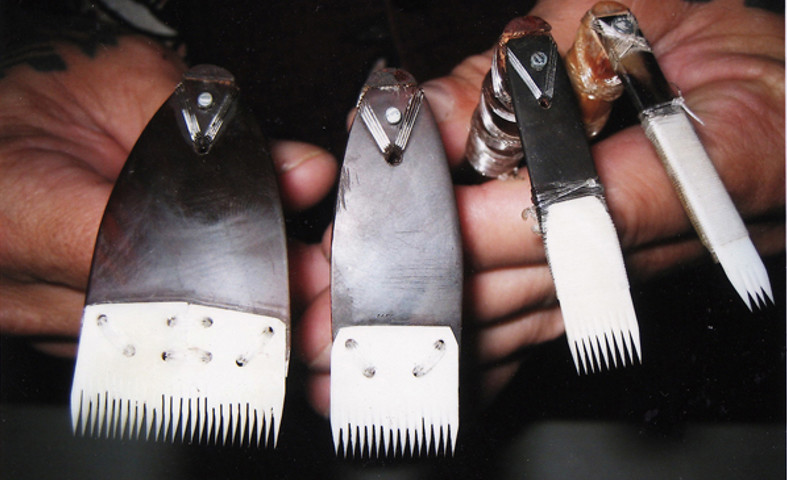
Now, our father made sure that none of my brothers ever showed their markings unless absolutely necessary. And this was not one of those occasions requiring them to do so. But these women went through all of us and as each of my brother's shirts were lifted exposing a bare back and the tatau, everyone would cheer. Until… they got... to me. And I distinctly remember one of my brother’s protectively yelling out “leave him alone”. But those “distant” aunties of ours couldn’t help themselves and as they lifted my shirt, the cheering went from a “cheehoo” to a “what the…”?
Like a Ben Stiller movie, I imagined the whole wannabe “Five Star” band stopping and their jaws dropping with great synchronicity to that of the lone pin whose loud “pinging” sound now echoed across the Manhattan function hall. And as that pin dropped, so did my self-esteem and my notion of being Samoan. Or at least, that’s how I used to remember it. And, true to cultural form, there was that familiar look across the room of “that’s right, he’s the only one who’s different”. So glad I can laugh about it today, as I drink my cup of green tea now somewhat briny with a river of tears mixed into it (I’m kidding).
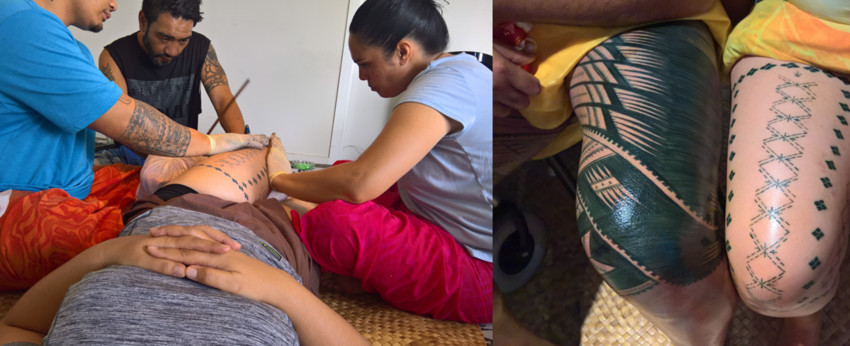
And so, began my journey of self-doubt which finally reached a much-needed milestone on Thursday 2nd March 2017 when I completed my tatau – almost 25 years after the last brother completed his. And even more so, I was grateful that my wife had decided of her own volition (she signed the waiver), to have her malu done at the same time, which is the female version of the cultural markings from Samoa (see image above). Who notably (after giving birth to four children naturally and drug free) was kind enough to mention that “her own process” (in an effort to differentiate from "my process") was less painful compared to childbirth. And if you’re wondering, I'm pretty certain I’d take the traditional tattooing any day.
But this important milestone moved me to tears as the last tap was completed, not of pain (because I’m really tough – like really) but because I felt I had been reunited once again with my four brothers. And most of all, I had a heart full of gratitude toward my father who loved me enough to never pressure me to do something I wasn’t ready for. But the depth of this journey would only take shape the next day, just a few hours before I would jump on a plane back to Manila.
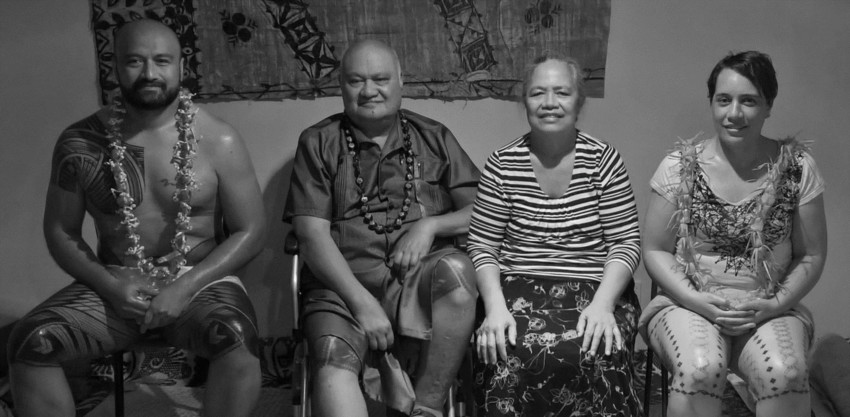
There in his bedroom as I sat in front of his wheelchair, my father and I would have one of our last conversations before he would pass away later that year and in our language he asked the question – “who owns the markings on your skin”? Now, the “A+” student in me naturally went to the best answer which I thought made sense and I confidently replied “they belong to me”. Alas, this was a Lion King moment and I sometimes wonder whether my father wished he had Rafiki’s stick at the time because the answer was obviously wrong. In fact, I quickly dropped from my "A+" status to a "FAIL" as I worked through my list of “God?”, “you and Mum?”, “my children?” and yes – the penultimate point of stupidity – that these markings belonged to “Samoa?”. I had reached rock bottom - idiot level. Clearly I had no idea, and my dad was now smiling at the fact that his “seemingly” bright son, was a complete dingbat.
In the end, the answer was both enlightening and heavy-laden as my father shared that “these markings” belonged to everyone else except me. Cue my own “what the…” moment. Yes. Those seven days of self-doubt, 53 hours of failed mental escape strategies and recurring moments of excruciating pain – all culminated in my carrying a set of markings that didn't even belong to me. Furthermore, I would be bound by this physical reminder until the day when I too would pass on. And there I was amidst the irony of finally achieving something I once thought would complete my journey only to realize that I had instead embarked on a new journey – one of never-ending service.
I often share this story with those who are contemplating the path of the tatau to help them make an informed decision on whether their “why” would see them through. And many would find the story both comforting and confronting but never for the same reasons I did. Because I felt confronted as my father would carefully state that our markings demanded that we were "the first volunteers", "the first responders", "the most honest", "the most reliable" servants of our community. In fact, if your knees had been "darkened", people would automatically expect you to be the first shoulder to the wheel. I sometimes joke about wishing someone had given me all this detail before that first tap. Then again, probably good that they didn’t.
But how was it comforting? Well, in the same conversation, my father had deconstructed a long-held barrier for many who had often heard the phrase “ka muamua le guku ae le’i ka le kigo”. Which literally translates to “you should tattoo your mouth before you tattoo your body” or in a more sensible translation, "one should speak the language first before taking on the markings". A saying that would go on to be misinterpreted by many but also mis-used by many more to prevent the young males of their families from succumbing to the au*.
However, the better interpretation as I now understand it was that one should first speak the “culture” – and not in word but in deed. Such a critical difference for those of us living in Manila, Maine, Morocco or anywhere else outside of the Polynesian hubs of the world – in places where we were “the only”. Why? Because we would be of little value to these communities if we spoke our "language of kings" and then spent the rest of our time sitting around… doing nothing… except maybe misleading people into thinking that we were once warriors. That would’ve been useless to my Filipino brethren.
But more importantly, this understanding would bring new meaning to those who were at varying stages of their personal "heritage" journey. Since, their sense of belonging no longer depended on their ability to eloquently articulate the language and histories of old, but instead - an ability to embody the heart of their culture through action and deed. Because from this, the rest would follow - the language, the protocol, the belonging. And let's face it, everyone raises and drops the bar of "belonging" as and when suits them personally anyway (I'm talking to you Violet). So the grading was subjective to begin with. Just ask any Samoan what nationality Dwayne "The Rock" Johnson is and without hesitation they'll say "he's one of us".
Now, because of this new understanding, I would often see these markings on myself, my wife, my brothers and others and be reminded of the commitment to a life of service – to our respective communities because of our culture. Built on a platform of integrity, reliability and community. Brings new definition to the concept of SaaS - Samoan-as-a-Service (I'm a tech guy - what did you expect?).
And so today, as we kick off Samoan Language Week across New Zealand, I wanted to challenge those of us who have struggled with our identity (because we were too much of something else and not Samoan enough) to celebrate what belongs to you this week. That "talofa lava" that you've buried deep inside for fear of ridicule and mockery (which are unfortunately common traits of being part of any Pasifika culture - sorry 'bout it) needs to come out. Because I am almost certain that once you move beyond that self-protective defence mechanism that stops each of us from risking looking "stupid", you will be surprised to discover that you always belonged here anyway - right... in... the middle. Give it a go this week. And by the way - welcome home.
Sōsō mai i totonu. Sōsō mai. ^
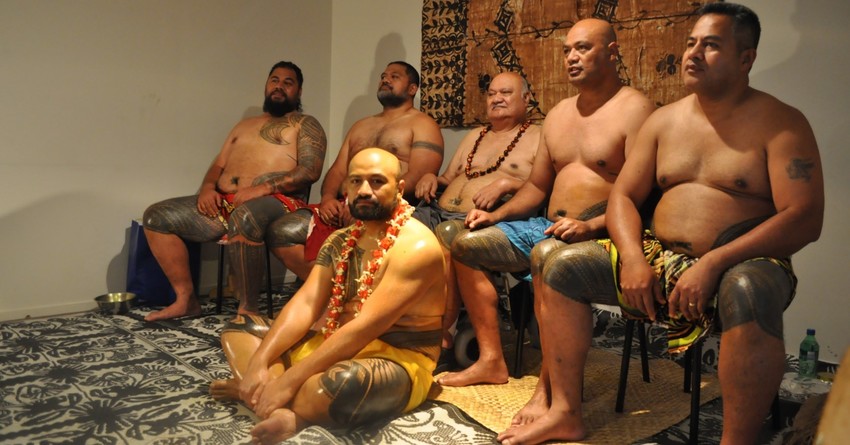
*au - the tool(s) used for traditional tattooing
**tatau - the Samoan traditional body tattoo for males
~malu - the Samoan traditional leg tattoo for females
^Lyrics from a Samoan festive song which beckons the listener to "Come closer into the middle. Come closer."
[This article is dedicated to a man who helped us to understand who we truly were and loved us all the same. You're still the man Dad.]
.
By Tovia Va'aelua
Born in Sagafili, Samoa and raised in New Zealand from his primary school years, Tovia has worked with some of the biggest names in the technology sector across Asia Pacific. Last year Tovia returned home to NZ with his family and now leads rhipe New Zealand
